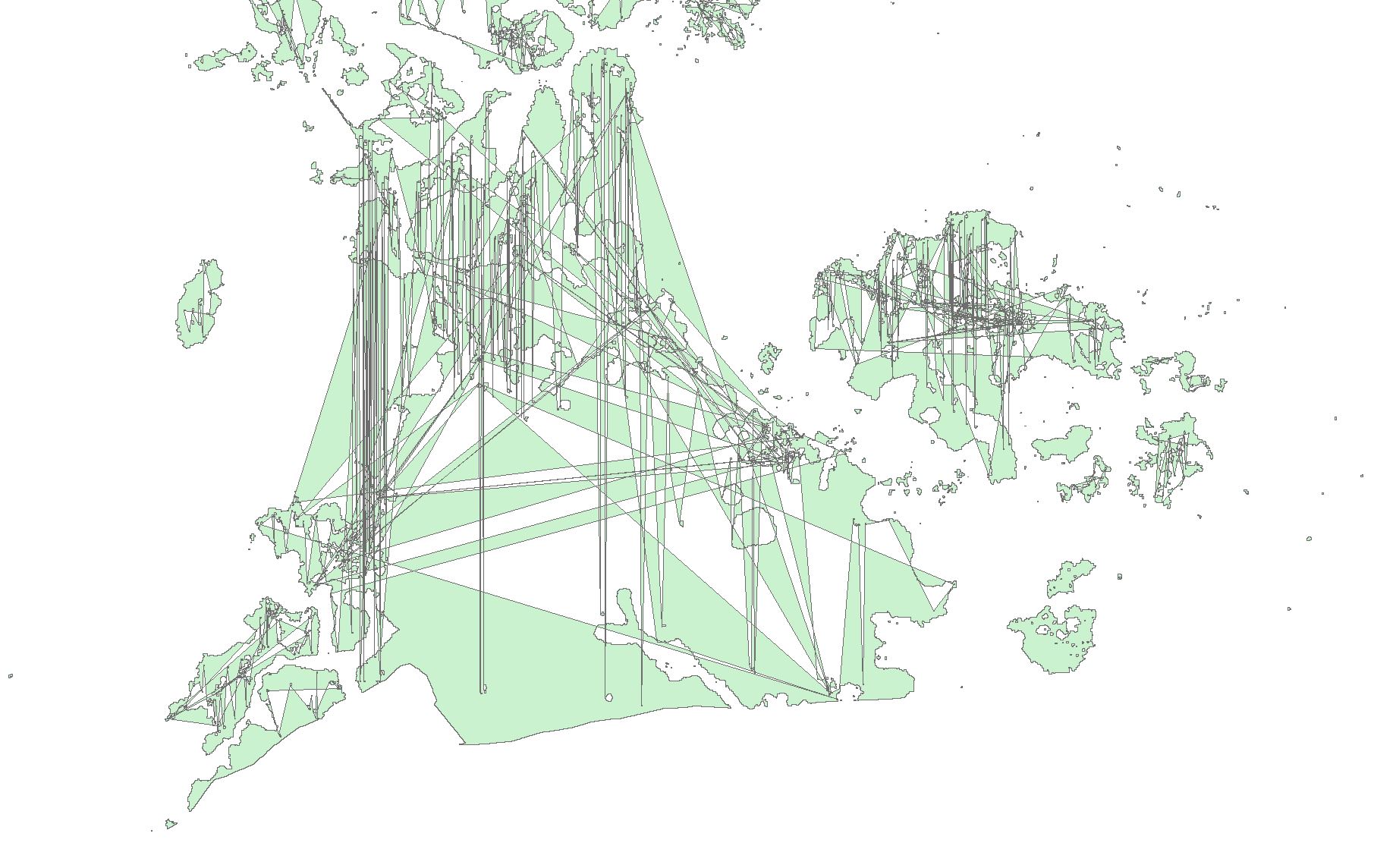I am very new with Google Earth Engine and I try to make a landcover classification using Sentinel-2 imagery to get the urban area over a very large area (country wide ideally).
I was able to realize unsupervised classification and convert it into vector ("small" area for test) and the result displays well. But when I want to export on my drive and use it in ArcMap, the results is very different from what I can see in GEE.
Below is the code I used:
var AOI = table
function maskS2clouds(image) {
var qa = image.select('QA60');
// Bits 10 and 11 are clouds and cirrus, respectively.
var cloudBitMask = 1 << 10;
var cirrusBitMask = 1 << 11;
// Both flags should be set to zero, indicating clear conditions.
var mask = qa.bitwiseAnd(cloudBitMask).eq(0)
.and(qa.bitwiseAnd(cirrusBitMask).eq(0));
return image.updateMask(mask).divide(10000);
}
// Map the function over one year of data and take the median.
// Load Sentinel-2 TOA reflectance data.
var dataset = ee.ImageCollection('COPERNICUS/S2')
.filterDate('2018-12-01', '2018-12-30')
.filterBounds(AOI)
// Pre-filter to get less cloudy granules.
.filter(ee.Filter.lt('CLOUDY_PIXEL_PERCENTAGE', 20))
.map(maskS2clouds);
var median = dataset.median();
// Set the training AOI
var training = median.sample({
region: AOI,
scale: 10,
numPixels: 5000
});
// Train the cpu to make classification
var clusterer = ee.Clusterer.wekaKMeans(15).train(training);
var result = median.cluster(clusterer);
// Only select Nola area.
var Nola = result.clipToCollection(AOI);
// Create a mask to only keep urban area.
var maskUrban = result.updateMask(result.eq(10));
// Conversion To vector.
var clusterValue = maskUrban.select('cluster');
var classes = clusterValue.reduceToVectors({
reducer: ee.Reducer.countEvery(),
geometry: AOI,
scale: 10,
maxPixels: 1e8
});
var result2 = ee.FeatureCollection(classes);
Map.addLayer(result2, {},'Urban vector');
// Export Vector data.
Export.table.toDrive({
collection: result2,
description: 'CAR_2018_VectorUrban_Nola_2',
fileFormat: 'SHP'
});
Map.addLayer(median, {bands: ['B8','B4','B3'], min: 0.0, max: 0.3}, 'S2 - 842');
Map.addLayer(result.randomVisualizer(), {}, 'clusters');
Map.addLayer(maskUrban, {},'Mask urban');
Map.centerObject(AOI,9);
The exported result as seen in ArcMap:

If anyone of you has an idea of what is going on and/or how it is possible to fix it, let me know.

